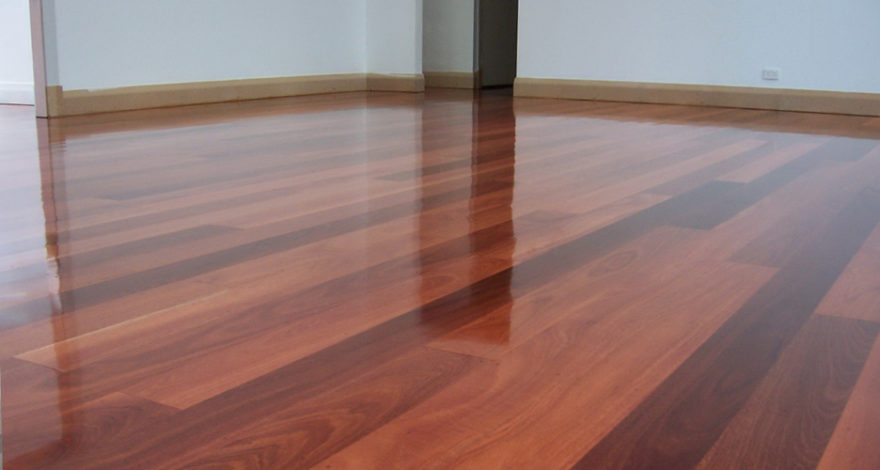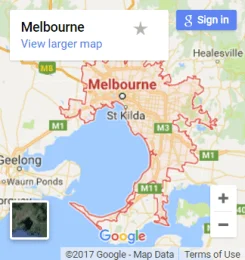Timber floors add warmth and timeless elegance to any home, but like all beautiful things, they require maintenance to stay in top shape. One key aspect of maintaining your hardwood floors is sanding. Sanding not only rejuvenates your floors but also prepares them for refinishing, bringing back their original lustre.
However, many homeowners often scratch their heads when it comes to the pricing of this essential service. Through this detailed guide on the cost of timber floor sanding in Melbourne, we aim to simplify the process for you and give you a better understanding of timber floor sanding costs.
So, whether you’re considering giving your floors a fresh look or simply curious about the process, you’re in the right place. Let’s dive in and make informed decisions for the upkeep of your hardwood floors!
Factors Affecting Timber Floor Sanding Cost
When considering the rejuvenation of your hardwood floors through sanding, understanding the various factors that can influence the cost is key. These variables ensure you’re not caught off guard by the price and can budget accordingly for a service that will bring new life to your floors.
Size of the Area
One of the most straightforward factors affecting the cost of timber floor sanding is the size of the area to be sanded. Generally, the larger the area, the higher the cost. This is because a larger area requires more time, labour, and materials.
However, it’s also worth noting that some contractors might offer reduced rates per square foot for larger areas, as the efficiency of sanding a larger space can reduce their costs.
Type of Timber
The type of timber your floors are made from can also play a significant role in the cost of sanding. Softer woods like pine may require more delicate handling and less aggressive sanding techniques to prevent damage, potentially increasing labour costs.
Conversely, harder woods like oak might endure the sanding process more robustly but could need specialised equipment or sandpapers, influencing the overall price.
Extent of Damage
The current condition of your timber floors will heavily dictate the cost of sanding. Floors with minimal wear and tear will generally be cheaper to sand than those with extensive damage, such as deep scratches, dents, or water damage.
Significant damage may require additional repairs or intensive sanding, increasing both the time and materials needed for the project. Evaluating the extent of damage before getting quotes will give you a better understanding of potential costs.
Different Floor Sanding Pricing Models
When it comes to paying for the sanding of your hardwood floors, professionals usually offer a variety of pricing models. Understanding these can help you choose the best option for your budget and project size.
Per Square Foot Pricing
The most common pricing model for timber floor sanding is the per-square-foot charge. This model is simple and straightforward, making it easy for homeowners to estimate the total cost based on the size of their floors. Prices per square foot can vary based on the factors mentioned earlier, like timber type and floor condition.
Hourly Rates
Some contractors might offer an hourly rate instead of or in addition to per-square-foot pricing. This model can be beneficial for small jobs where a per-square-foot price might not be cost-effective. However, hourly rates require a clear understanding of how long the project will take to ensure the cost doesn’t exceed expectations.
Package Deals
Package deals are another pricing model where contractors offer a set price for a specific scope of work. These packages might include sanding, staining, and finishing of a predefined area. This model can offer peace of mind with a clear upfront cost, but it’s important to understand exactly what’s included and any potential additional charges for unexpected issues or custom requests.
Average Cost of Sanding Timber Floors
Typically, timber floor sanding cost is quoted by the square meter, with rates varying between $40 and $70. It doesn’t include the price of stain and polyurethane sealer, which can add $8 to $15 per square meter.
If your floors are in poor condition, expect a higher price quote due to additional preparatory work. This is particularly relevant for floors with protruding nails, as they require punching before sanding begins.
Additional Costs to Consider
When planning for timber floor sanding, the main cost isn’t the only figure you should have in mind. There are additional expenses that can sneak up on you if you’re not fully prepared. Understanding these potential add-ons helps you create a more accurate budget and avoid any nasty surprises.
Stain and Finish
After sanding, applying a stain or finish to your hardwood floors is typically the next step. This not only enhances the visual appeal but also protects the wood from wear and tear.
The cost for stain and finish materials will vary depending on the quality and brand you choose, as well as the size of the area to be covered. Keep in mind that special finishes or custom stains can add to the expense significantly.
Repairs and Replacements
Sometimes, once the sanding process begins, previously unseen issues may surface, such as damaged boards that need to be repaired or completely replaced.
The cost for these repairs or replacements can vary widely, depending on the extent of the damage and the type of timber needed. It’s always wise to budget a little extra for unexpected repairs.
Furniture Removal
Before sanding can start, the room must be entirely cleared of furniture. If you’re unable to do this yourself, or simply don’t have the space to store your furniture temporarily, you may need to hire a service to remove and store your items.
The cost of furniture removal and storage can add up, so it’s another factor to consider when planning your project.
Cost Comparison: DIY vs Hiring Professionals
While DIY sanding may seem cheaper upfront due to saved labour costs, the potential for mistakes, equipment rental fees, and the purchase of materials can quickly add up. On the other hand, hiring professionals ensures a smooth, high-quality finish with fewer headaches. This route might be initially more expensive, but it can save money in the long run by avoiding costly errors.
Carefully weigh both options based on your budget, time, and skill level to determine which route is best for your hardwood floors.
Tips for Cost-Effective Timber Floor Sanding
Maintaining and sanding timber floors is an essential aspect of keeping your home looking its best. However, this doesn’t mean you have to spend a fortune each time your floors need attention. Here are some tried-and-true tips to help you get the best bang for your buck.
Maintenance Tips
To avoid frequent and costly sanding, regular maintenance of your hardwood floors is key. Here are a few easy but effective maintenance tips:
- Regular Cleaning: Keep your floors dirt and grit-free. Use a soft-bristle broom or a vacuum designed for hardwood floors. This simple step considerably reduces the need for sanding.
- Use Protective Pads: Place felt pads under furniture legs to prevent scratches. These tiny investments can save you a lot of money in the long run.
- Immediate Spill Clean-ups: Wipe up spills immediately to prevent water marks or stains that might require sanding to be removed.
- Rug placement: High-traffic areas benefit from rugs or mats, reducing wear and tear.
Choosing the Right Professionals
Not all floor sanding services are created equal. When looking for a professional, consider:
- Experience and Reputation: Look for companies with solid experience and positive reviews. They’re more likely to do the job right the first time, saving you money on fixes later.
- Quotes and Comparisons: Get multiple quotes to compare prices, but beware of prices that seem too good to be true. They often are.
- Included Services: Ensure you understand what’s included in the price, such as the number of sanding passes and types of finishes, to avoid unexpected charges.
Negotiating Prices
Don’t be afraid to negotiate the price of your timber floor sanding project. Here are some strategies:
- Bulk Deals: If you’re doing multiple rooms, ask for a discount. Many services offer reduced rates for larger jobs.
- Off-Season Work: Consider scheduling your project during the off-peak season. Professionals may be more willing to negotiate when they have fewer bookings.
- Supply Your Own Finish: If you’re knowledgeable, consider purchasing your finish. Professionals mark up their products, so this can save you some funds.
Conclusion
Bringing your hardwood floors back to life through timber floor sanding in Melbourne is an investment that adds value and beauty to your home. Understanding the cost involved helps you to budget effectively and make well-informed choices that suit your preferences and financial constraints.
Essential factors such as the floor’s condition, area size, the complexity of the job, and additional services significantly affect the overall pricing. Remember, getting multiple quotes and understanding what each service entails can help you find the right balance between quality and cost.
By considering these aspects, you’re well on your way to refreshing your hardwood floors while ensuring the preservation of their charm and durability for years to come.
To ensure the best results for your floor sanding project, rely on Total Floor Sanding And Polishing. Our floor sanding experts have years of experience and can provide you with customised services for your floors. Get in touch today, and let us protect your floors!


